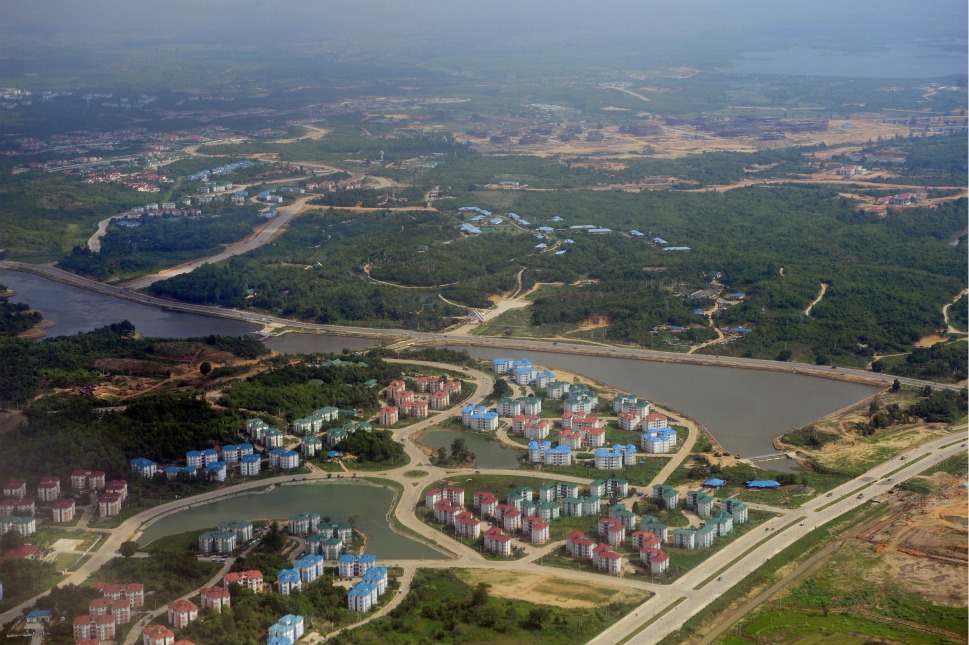
Housing units
source: http://arakanindobhasaa.b
logspot.nl/2011/12/welcom
e-to-naypyidaw-madam-secr
etary.html
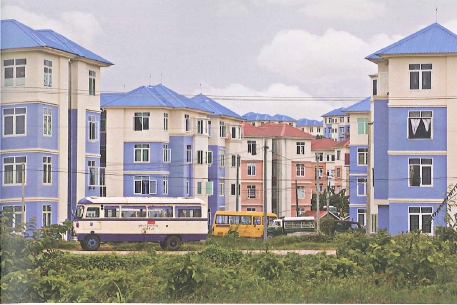
Colour-coded residences
source: Keeton; Rachel: Rising in
the East, Contemporary
New Towns in Asia. SUN
architecture, Amsterdam
2011, 432 p. ISBN
978-9461-05-6832
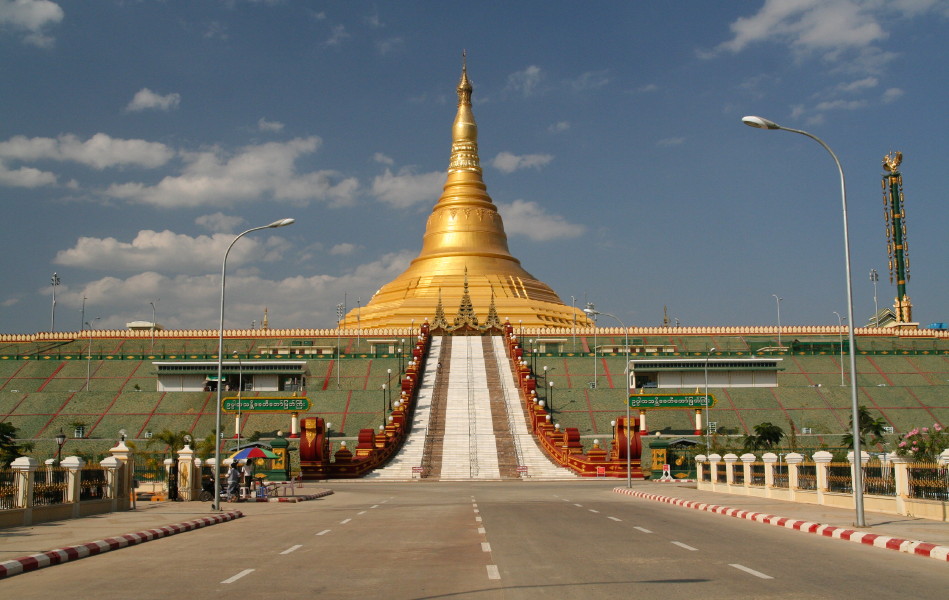
Uppatasaniti Pagoda
source: http://news.cheapflightho
use.co.uk/2012/10/19/nayp
yidaw-is-burma%E2%80%99s-
new-capital-quite-unfamil
iar-as-yet/
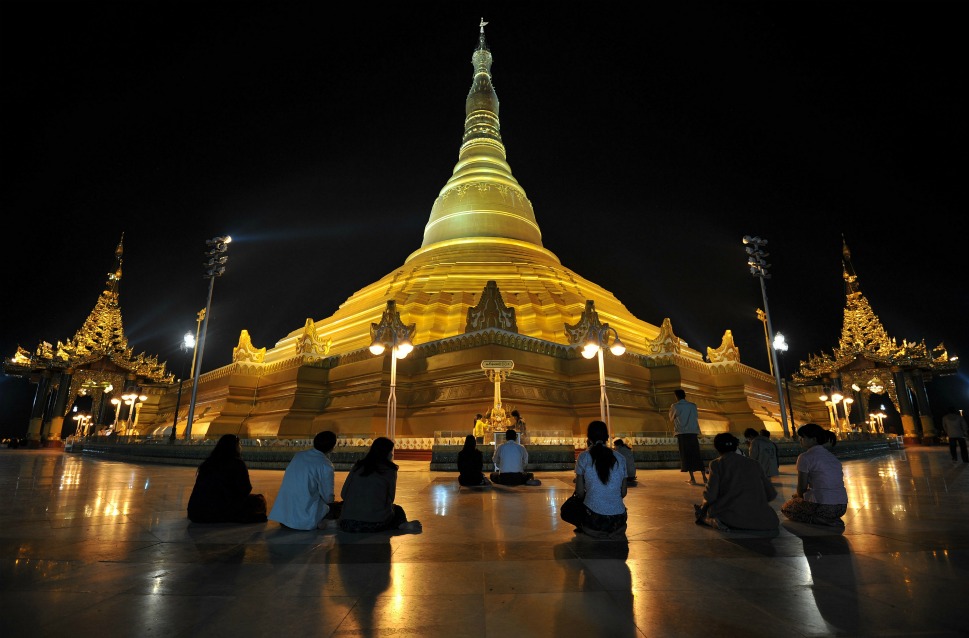
Uppatasaniti Pagoda
source: http://arakanindobhasaa.b
logspot.nl/2011/12/welcom
e-to-naypyidaw-madam-secr
etary.html
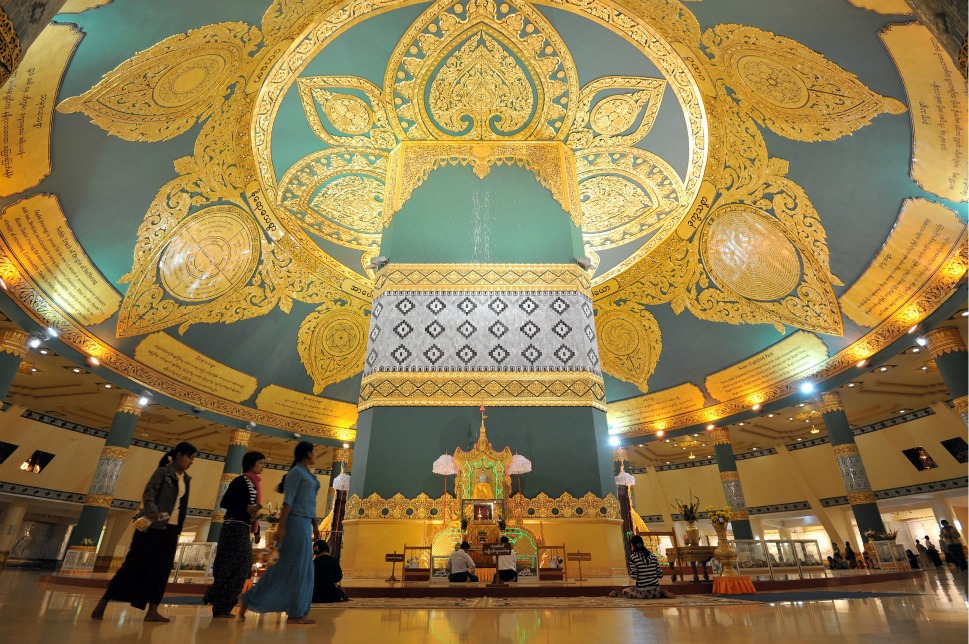
Uppatasaniti Pagoda
source: http://arakanindobhasaa.b
logspot.nl/2011/12/welcom
e-to-naypyidaw-madam-secr
etary.html
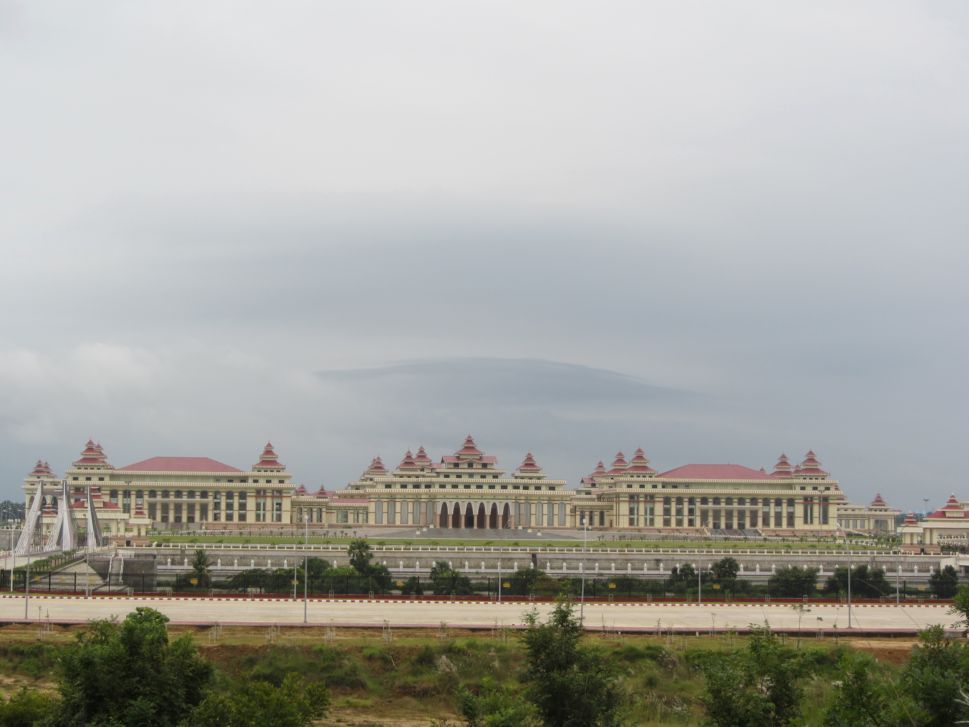
Parliament building
source: http://arakanindobhasaa.b
logspot.nl/2011/12/welcom
e-to-naypyidaw-madam-secr
etary.html
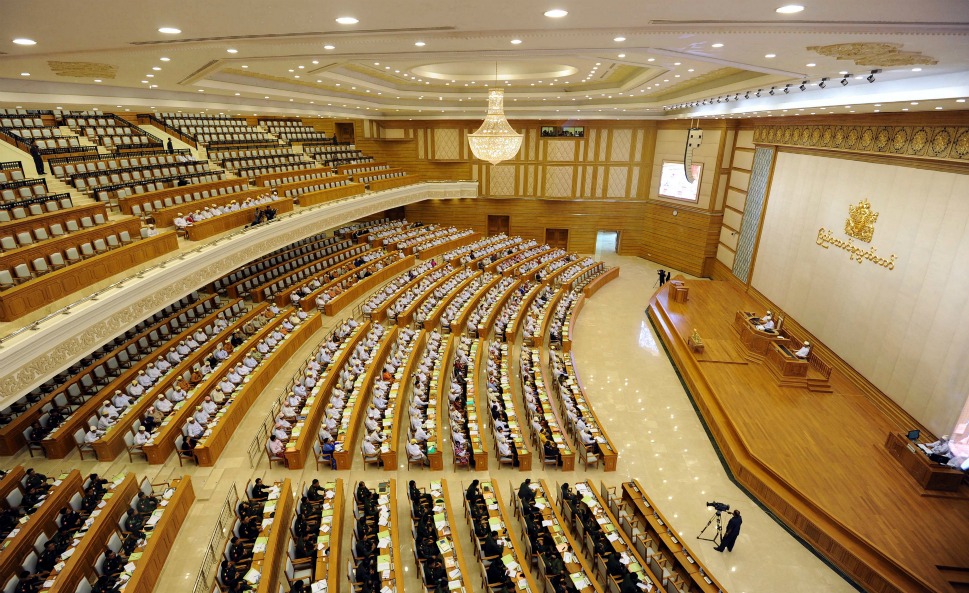
the Union Parliament
source: http://arakanindobhasaa.b
logspot.nl/2011/12/welcom
e-to-naypyidaw-madam-secr
etary.html
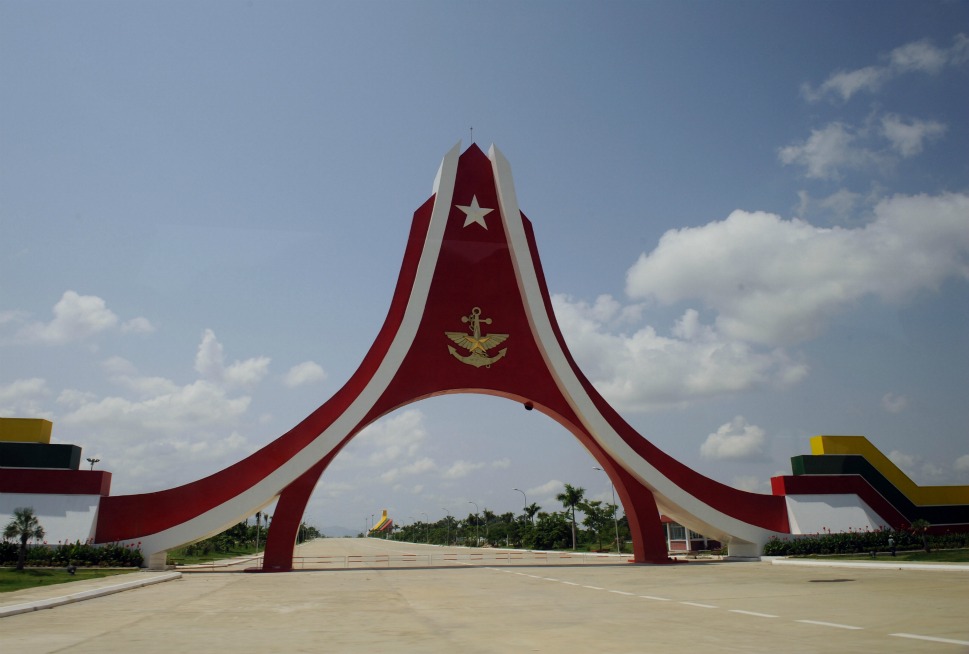
Gateway to a massive
housing complex for
Myanmar's Military
leaders
source: http://arakanindobhasaa.b
logspot.nl/2011/12/welcom
e-to-naypyidaw-madam-secr
etary.html
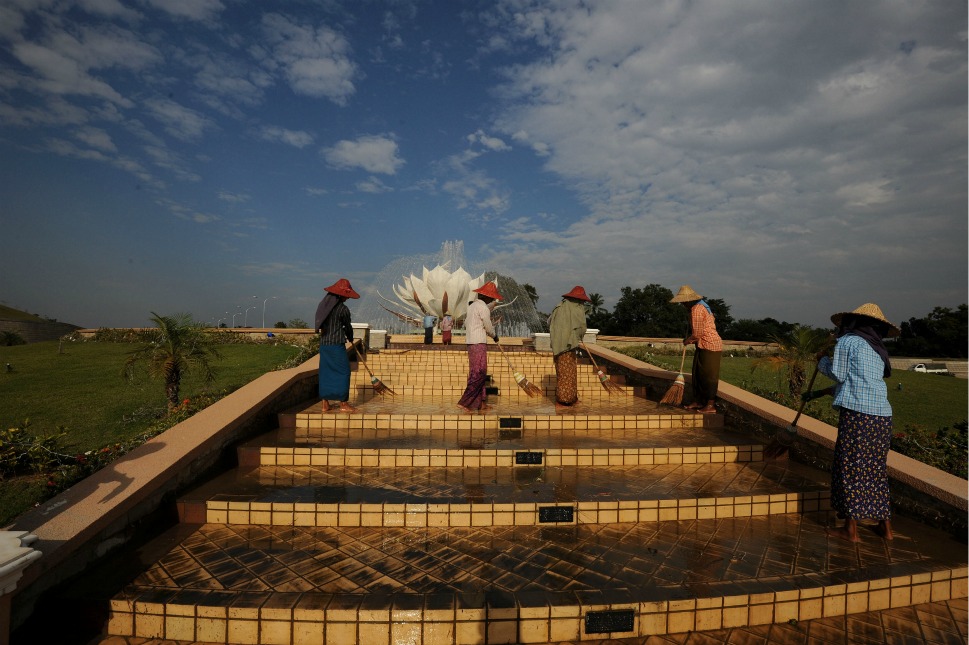
Water fountain
source: http://arakanindobhasaa.b
logspot.nl/2011/12/welcom
e-to-naypyidaw-madam-secr
etary.html
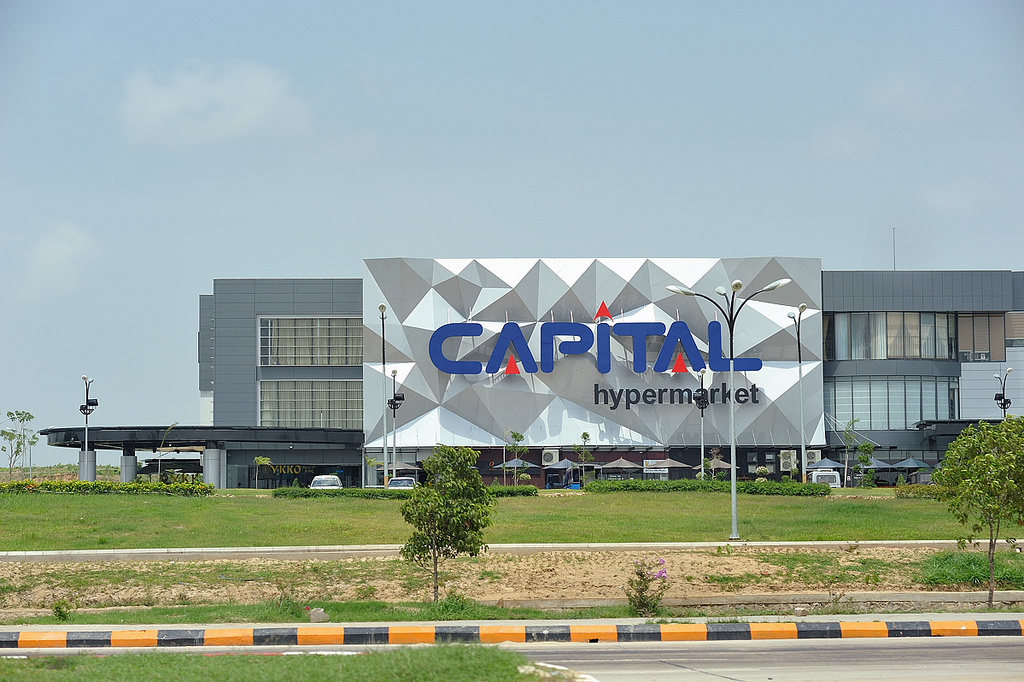
Hypermarket
source: http://twittereffect.word
press.com/page/5/
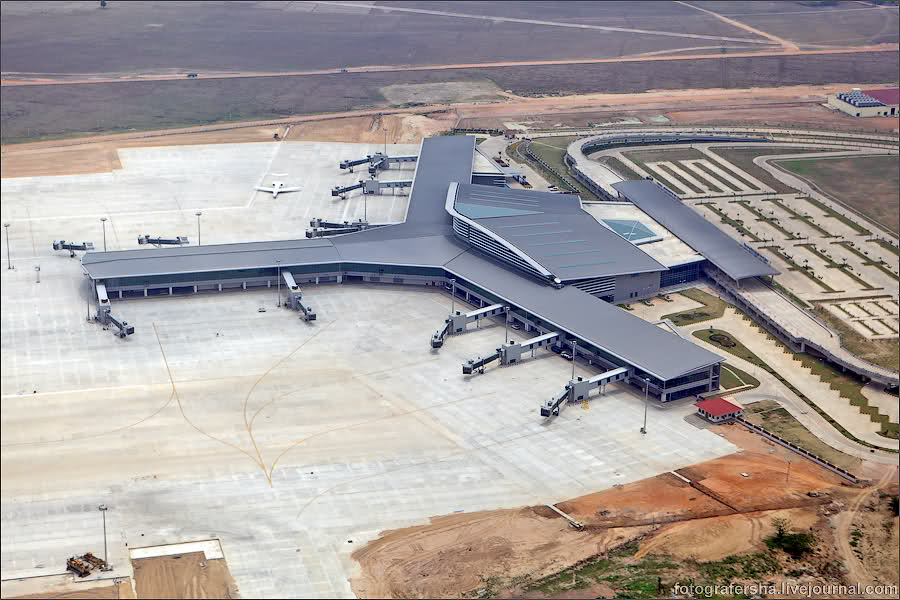
Airport
source: http://www.skyscrapercity
.com/showthread.php?t=310
961&page=5
|
Naypyidaw is an especially intriguing case study. As the new capital of Myanmar since 2005, this new town is surprisingly unknown. The paranoid junta rules the land from this city deep in the jungle, with an extensive network of underground tunnels and rumors of a nuclear plant under construction with help from North Korean scientists. The entire story verges on the fantastic.
By November 2005, Naypyidaw (Nay Pyi Taw) has become a new capital city of Myanmar, also known as Burma, the capital city of a sovereign state in Southeast Asia bordered by Bangladesh, India, China, Laos as well as Thailand, replacing the now former capital of Yangon.
From 1962 to 2011, for 49 years, Myanmar had been under military control. For the last twenty years, a military junta known as the State Peace and Development Council (SPDC), formerly known as the State Law and Order Restoration Council (SLORC), had ruled Myanmar. Since the March 2011 elections, the democratic rule has been established again which definitely set the seal on the harsh ages. However, the political situation is a hot topic shrouded in speculation like so many things in this country.
The country faces serious ethnic tensions, a ruined education system, a wrecked economy and a major health crisis. Only 1% of total government spending goes to the health care. Tuberculosis, diarrheal disease, malaria and HIV/AIDS (mainly caused by the use of the same needles among users) pose serious threats to the Burmese population. High infant mortality rates and short life expectancies further highlight poor health and living conditions.
Naypyidaw, The New Capital
The new capital was founded on an uninhabited plain in Mandalay region; few kilometres far from Pyinmana, a logging and sugar cane refinery centre. A building of the city itself was carried out in absolute secrecy. Even the inhabitants of the then capital were not familiar with the fact, until the official announcement, and had been living in the belief that their capital is the only one possible. For several years, the government was successfully hiding at least twenty-five Burmese construction companies, including Asia World and Htoo Ltd – a holding company with several subsidiaries, ultimately responsible for gross revenues of more than $65 million, making it Burma’s fifth top exporter.
The reasons for relocating the city remain unanswered. However, there are few speculations about the purpose. Some of them suggested the junta’s paranoia which admits the possible foreign attack by sea, due to the location of the former capital. Another possibility is domestic unrest, including political demonstrations, usually taking place in Yangon; or better communication lines at Pyinmana as well as coming collapse of Yangon predicted by astrologer could be other factors for the new capital’s location.
The first plans for a new megacity had already appeared in 1990. From that time many years passed and many things changed. From a city of 1600 square kilometres located to the south of Rangoon (Yangon), more than four times bigger city, distant more than nine hours’ drive north of former capital, arose. The new capital of Burmese features and Soviet-style bulkiness is properly organized, accessible by an eight-lane highway followed by railway tracks, continuing north to Mandalay.
The city of wide boulevards is divided into a few functional zones/areas, such as Ministry, Residential, Hotel, Military and Office Zone, or the Industrial area; reflecting Asian postmodern architecture. The Ministry Zone of 31 contain crab-shaped buildings along a single meandering road houses various ministries, set back 500 metres from the main road at about 700-metre intervals. Each ministry is reachable by an individual road.
The Residential Zone of one thousand and two hundred, four-story apartment blocks of different colours provides housing for almost one million people. The colour diversity indicates which government workers live in which structure. The Hotel Zone, on the periphery of the city, numbers eight hotels. The prices vary depending on a hotel and size of room, approx. from $40 up to $500 per night. The Office Zone is organized much less densely than the Residential one. An irregular grid road structure breaks the area into blocks of commercial and office buildings. The Military Zone, prohibited to the public without a written permission, is accessible by limited access points occupied by many officials. The area is famous for its ‘subterranean city’ with extensive underground tunnel and bunker system nicknamed as tortoise shells.
The hidden city has been built at the expertise of North Korea, Burma’s allied country, and intended as an underground command centre in times of emergency and to crush civil uprisings.
Results
When the first wave of residents moved to the new capital in 2005, there were not any civil amenities like schools, shops, or grocery stores. The residents were even restricted from calling their families in Yangon, and any possession of a mobile phone was outlawed until 2009.
The prices in the new capital are higher than in other places. As compensation, the government provided the residents with six more television channels than in Yangon. However, the channels mostly deal with governmental themes.
The overscale streets are surrounded by rice paddies and farming communities that enable to see the difference between the luxury and the poverty of the indigenous people.
Despite economic sanctions from the US Treasure in 2008 which banned Americans from doing business with The Htoo Group of Companies (HCG) for its illegal activities related to the traffic in drugs since the early 1970s, the construction of Naypyidaw was steadily moving towards completion, towards 2012.
source: Rachel Keeton |

